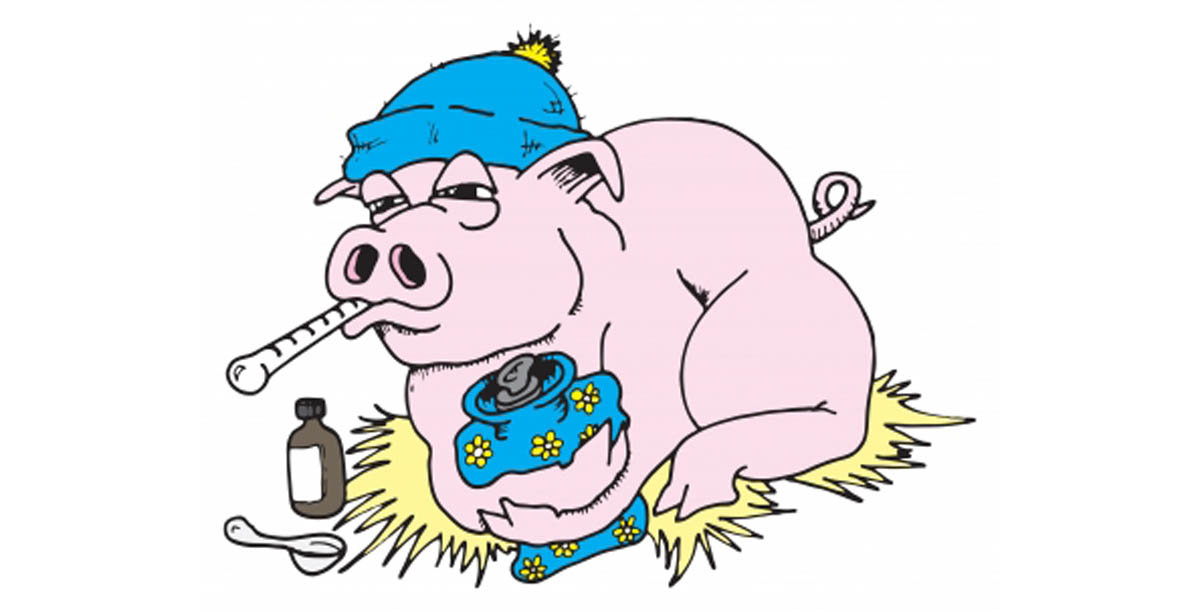Table of Contents
Headlines in the natural health news tell us that a swine flu (H1N1) pandemic is sweeping through England and Wales even though 70 per cent of their populations were vaccinated for influenza in 2009. The truth, however, does not match the headlines.
If you are the one person who does catch the flu, however, it's a major event for you. Fortunately, catching influenza is largely preventable, with or without immunization. The single most important thing anyone can do to keep from catching H1N1 or any other strain of influenza is:
Wash your hands frequently.

Among natural remedies for influenza, elderberry extracts stand out as especially useful. The elderberry contains complex carbohydrates that lock into receptor sites that otherwise would allow various kinds of flu viruses to infect cells. They help before, during, and after flu infection, and they are free of side effects.
And what about vitamin D, especially expensive brands of vitamin D promoted over natural sources like cod liver oil? It is certainly true that people who live farther from the equator make less vitamin D in their skin during the winter, and it is also true that influenza is much more common during the time of year that vitamin D levels are lowest. However, this relationship is an example of a phenomenon known as spurious correlation. The two events are not really related.
The reason more people get influenza during the winter in northerly climates and during the rainy season during equatorial climates is that flu viruses are more active at lower temperatures. H1N1, however, operates at a higher temperature than other kinds of the flu, and will be more of a problem when temperatures begin to rise after cold weather breaks.
- Ross, Tim. Flu epidemic fears as deaths rise. The Telegraph, 29 December 2010.
- Photo courtesy of Roger Schultz by Flickr : www.flickr.com/photos/elaws/3623734364/


Your thoughts on this